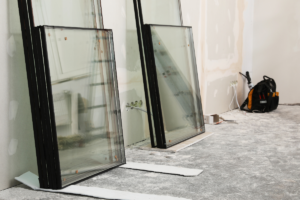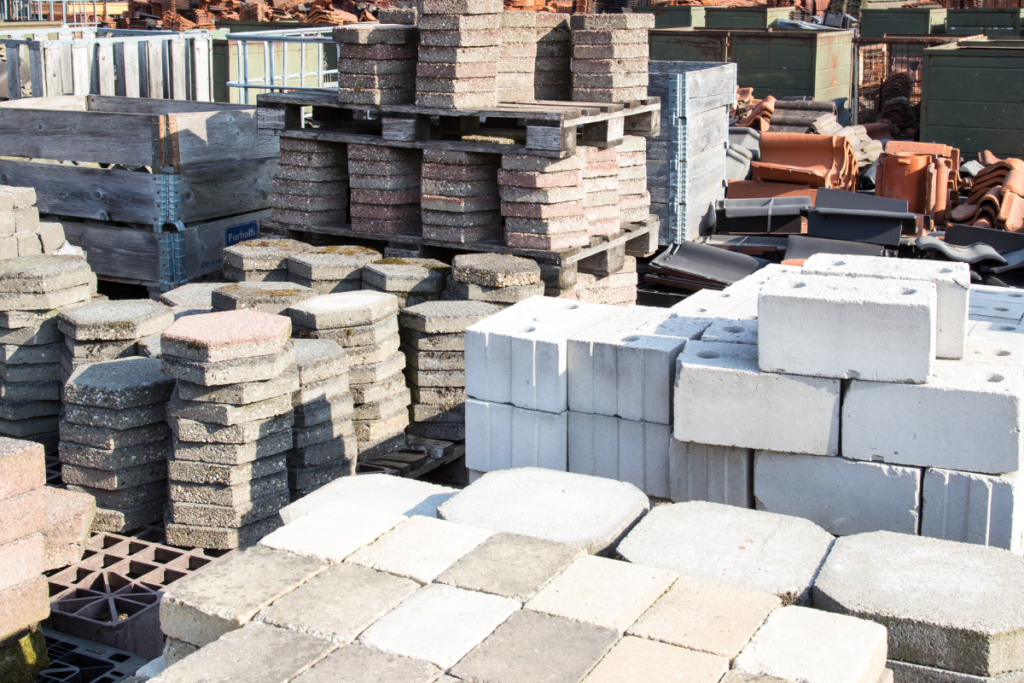 Introduction to Window Material Cost Estimator:
Introduction to Window Material Cost Estimator:
Windows play a crucial role in the aesthetics, energy efficiency, and overall comfort of your home or commercial building. When planning a new construction or renovation project, understanding the cost of materials can help you stay within budget and avoid unpleasant surprises. A window material cost estimator is a valuable tool that can help you evaluate different window options and get an accurate cost estimation. This article explores how you can use this tool to make informed decisions while maximizing savings.
Why Estimating Window Material Costs Is Important
When choosing windows for a building project, there are many factors to consider, such as size, style, materials, and performance features. All of these variables can impact the total cost. By using a window material cost estimator, you can compare various window materials like vinyl, wood, aluminum, and fiberglass. Each of these materials has its pros and cons, and their prices vary significantly. Having an accurate estimate will allow you to balance functionality and cost effectively.
Without a proper estimation process, you might overspend or compromise on the quality of the windows. High-quality windows can save you money in the long run by improving energy efficiency and lowering utility bills. On the other hand, poor-quality or cheap windows might lead to higher maintenance costs, heat loss, and discomfort.
Types of Window Materials
Before diving into how a window material cost estimator works, it’s essential to understand the different types of materials available and their respective costs.
1. Vinyl Windows
Vinyl windows are a popular and affordable option for both residential and commercial buildings. They are low maintenance, energy-efficient, and resistant to fading or discoloration. However, they may not offer the same aesthetic appeal as wood or aluminum options. Vinyl is also not as strong as some other materials, limiting its use in large window installations.
- Cost Range: $150 to $900 per window
- Pros: Low cost, energy efficiency, low maintenance
- Cons: Limited design options, not as strong as other materials
2. Wood Windows
Wood windows offer a timeless and classic look, making them a preferred choice for homeowners seeking a more traditional aesthetic. They are energy-efficient and offer excellent insulation. However, wood requires regular maintenance, including painting or staining, to prevent rot, warping, and insect damage.
- Cost Range: $800 to $2,000 per window
- Pros: High insulation, aesthetically pleasing
- Cons: High cost, high maintenance
3. Aluminum Windows
Aluminum windows are strong, durable, and ideal for large window openings. They are often used in modern and industrial-style buildings. Although aluminum windows are less prone to corrosion, they are not as energy-efficient as wood or vinyl, as aluminum is a good conductor of heat and cold.
- Cost Range: $400 to $1,200 per window
- Pros: Strong, low maintenance, suitable for large windows
- Cons: Poor insulation, high heat transfer
4. Fiberglass Windows
Fiberglass windows are known for their durability and energy efficiency. They are stronger than vinyl and require less maintenance than wood. Fiberglass can also withstand extreme weather conditions, making it an excellent choice for homes in harsh climates.
- Cost Range: $500 to $1,500 per window
- Pros: Durable, energy-efficient, low maintenance
- Cons: Higher cost than vinyl, limited color options
How to Use a Window Material Cost Estimator
A window material cost estimator simplifies the process of comparing different materials and calculating costs for your project. Most estimators allow you to input key project details, such as:
- Window dimensions: Larger windows cost more due to the higher material and installation expenses.
- Type of material: As discussed above, the choice between vinyl, wood, aluminum, or fiberglass greatly impacts the final cost.
- Number of windows: Estimating the cost for multiple windows can help you get an overall project cost.
- Additional features: Some windows come with extra features like energy-efficient coatings, built-in shades, or special glazing. These can increase costs but also enhance performance.
With this information, the estimator will give you a detailed breakdown of how much each window will cost based on your inputs. Some tools also offer insights into the potential energy savings that different materials can provide over time, which is especially useful if you’re concerned about long-term energy costs.
Factors That Affect Window Material Costs
When using a window material cost estimator, it’s important to consider other factors that could affect the price:
1. Energy Efficiency
Energy-efficient windows often come with special coatings or glazing that can increase the initial cost. However, they can result in significant savings on your energy bills. The higher upfront cost is typically offset by long-term savings.
2. Custom vs. Standard Windows
Custom windows are designed to fit specific dimensions or unique designs, which naturally increases the price. Standard-sized windows, on the other hand, are mass-produced and more affordable.
3. Installation Costs
While the estimator focuses on the material costs, don’t forget to account for installation fees. The complexity of the installation, the type of window, and labor costs in your area can all affect the final price.
4. Geographic Location
Your location can also impact window material costs. Materials and labor tend to be more expensive in urban areas compared to rural regions. Additionally, certain materials may be more readily available in some regions, affecting their price.
How to Maximize Savings with a Window Material Cost Estimator
Here are some tips for maximizing your savings when using a window material cost estimator:
1. Plan in Advance
The more detailed your initial plan, the more accurate your estimate will be. Include every feature, material type, and size to avoid any surprises later in the project.
2. Compare Different Materials
Don’t automatically choose the most affordable option. Sometimes, investing in a more expensive material like fiberglass can save you money in the long run due to its durability and energy efficiency.
3. Leverage Bulk Orders
If your project requires a large number of windows, some suppliers may offer discounts for bulk orders. Use your estimate to negotiate better deals with suppliers.
4. Consider Long-term Costs
Think about the total cost of ownership. A cheaper window might cost less upfront but could require more maintenance or lead to higher energy bills. A window material cost estimator can help you weigh these factors and make a decision that works for your budget in the long term.
A window material cost estimator is an invaluable tool when planning a construction or renovation project. It allows you to explore different material options, understand their price ranges, and ultimately make more informed decisions. By using this estimator wisely, you can avoid costly mistakes and maximize your savings while ensuring that your building has the best windows to meet your needs.
Are you looking for the best estimating services in USA?
Look no further than “https://zionestimating.com”
They are offering top-notch services like;
- Construction/cost estimation
- Budget planning
- Material takeoff
- Equipment estimation
and further more!!!
Here are some more information for your convenience:
Phone no. : +1 718-427-9941 || +1 562-383-6177
Email:[email protected]
Visit their blogs and site
https://zionestimating.com for the latest updates and service tips!
